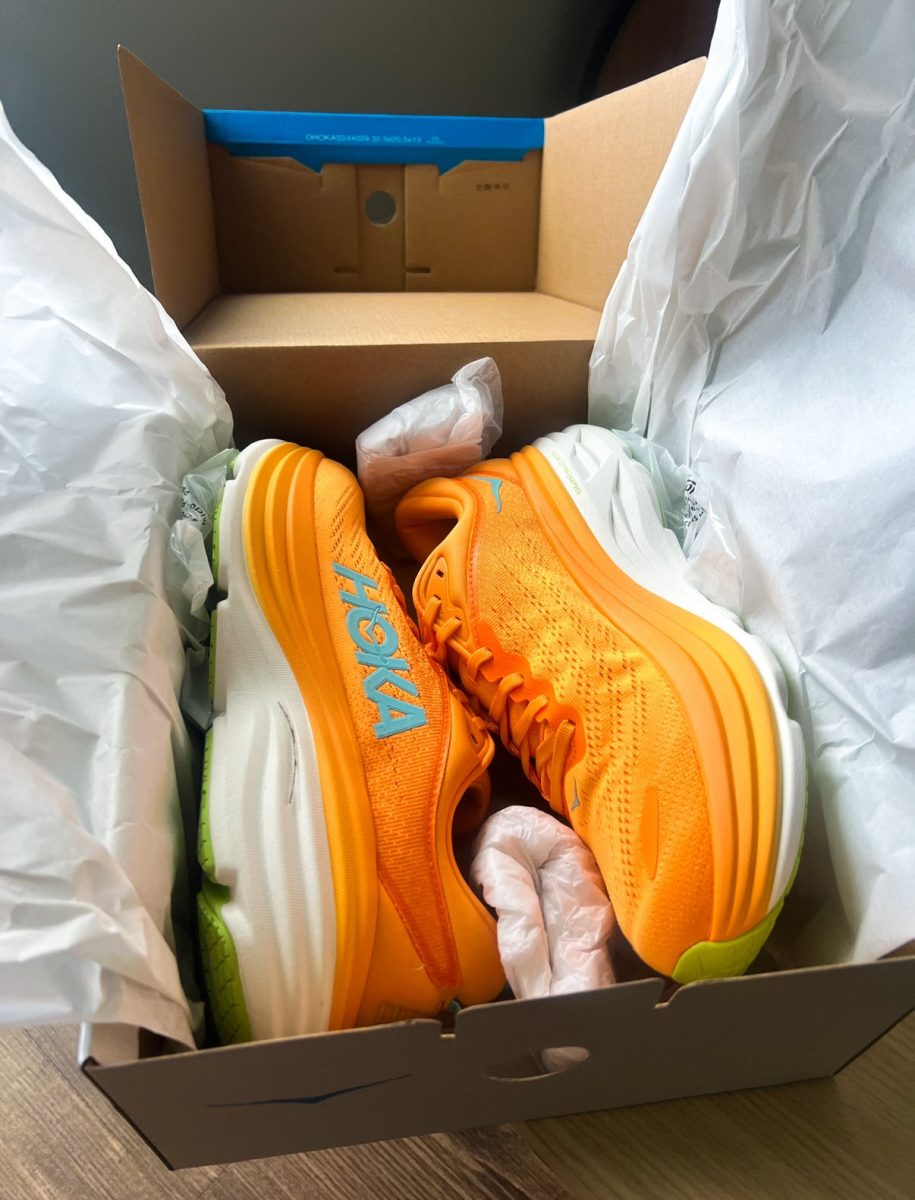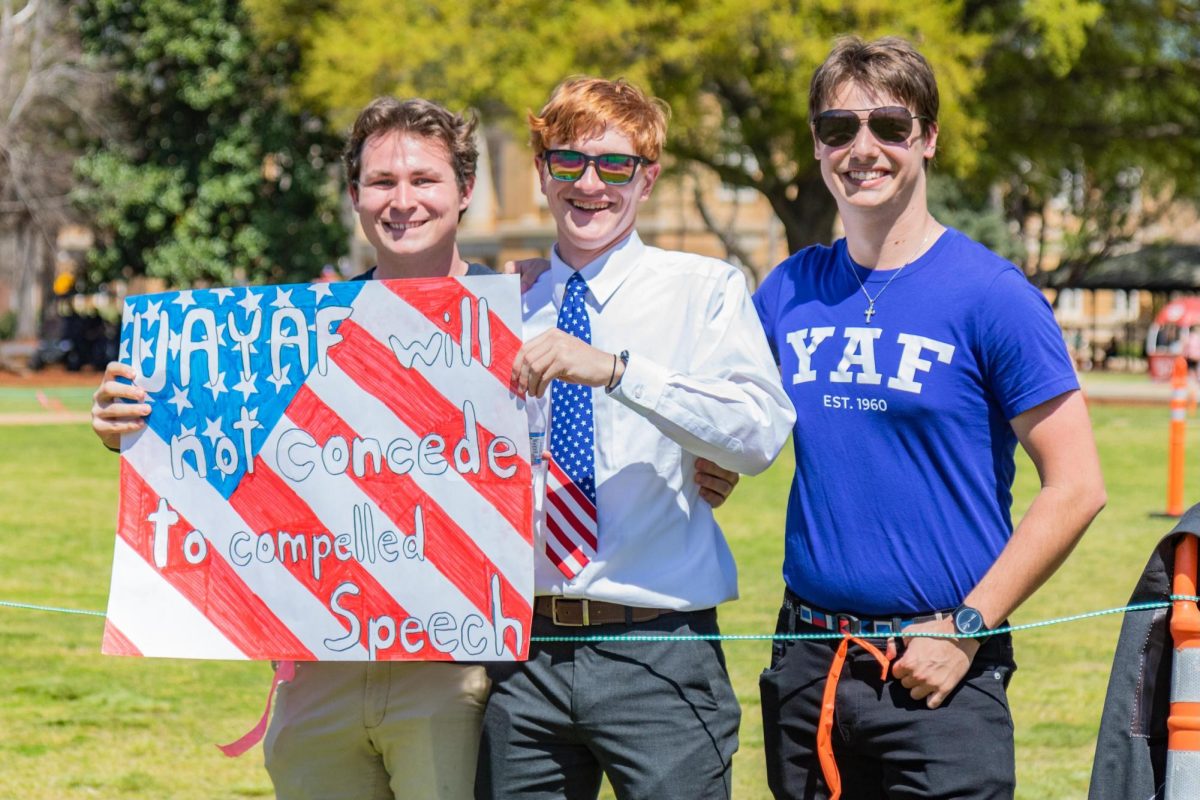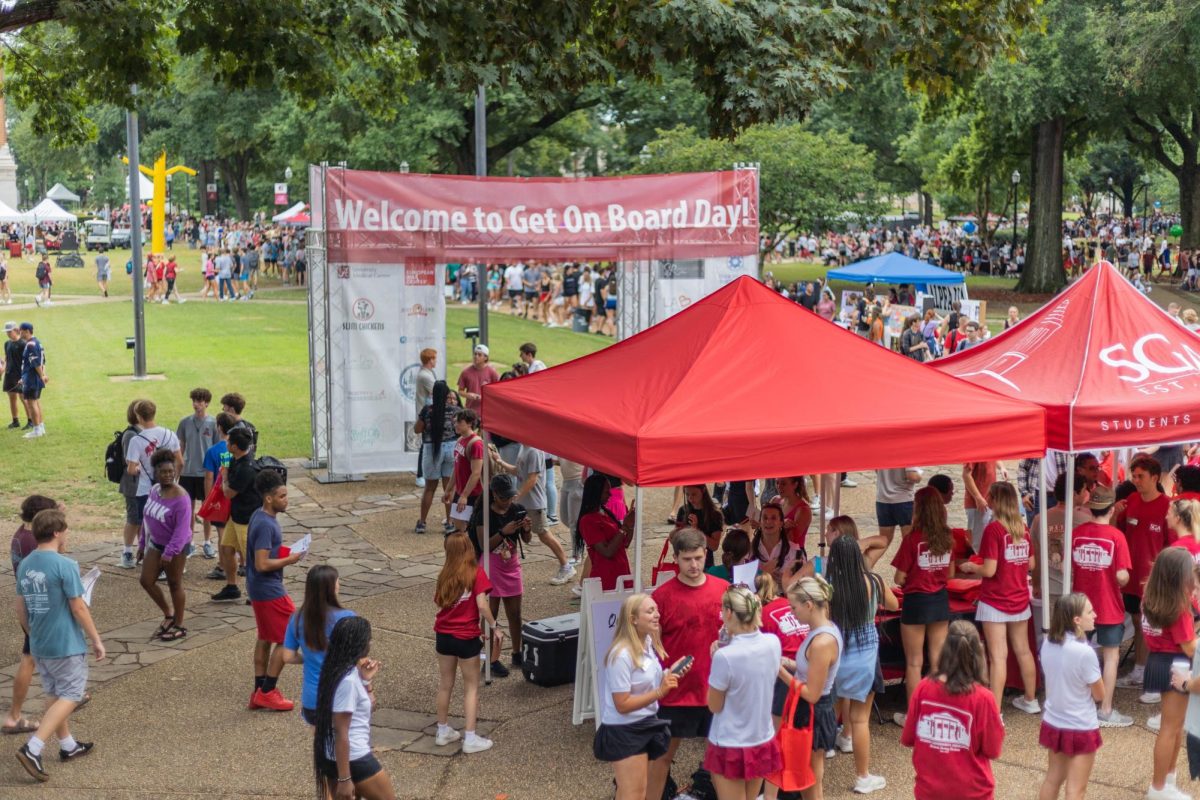This winter, my students joined their peers across the country to celebrate Black History Month. For my kids, the content was not unfamiliar – black history and culture have a regular presence in my classroom. As my kids learn about the struggles of the past, they recognize it in their own present.
My kids are only in second grade, but they are acutely aware of the uphill climb they will face as they navigate the world. When Mike Brown and Eric Garner were killed, my kids saw the color of those men’s skin and knew it matched their own. We had difficult conversations about why these individuals lost their lives, and why it is so important that they work extra hard to overcome the barriers that systemic injustice has put in their way.
This school year marked the first in which the majority of public school students are minorities. Our generation has a responsibility to work to ensure that each and every one of them is moving through a system that affirms their identities, shows them they are valued, and allows them access to the opportunities they have been denied for far too long.
While the “whites only” signs of the 60s have come down, the reality of separate and unequal endures. Alongside glaring gaps in educational, employment and economic opportunity, people of color in this nation face a variety of subtler, no less damaging assumptions.
My kids will not be immune to these injustices. They know this as well as I do. So my job is to empower and equip them. My job is to teach them about the incredible contributions people who look like them have made to society so that they know they, too, are capable of greatness. And most importantly, my job is to teach them about the ways members of the black community and allies have reached back and lifted up members of their community, even after they had achieved their personal goals. This is what I want my students to carry with them wherever they go – the sense that we are all connected, that our success depends on one another, and that we have a responsibility as engaged citizens to lift up the people we know from the places that make us who we are.
I joined Teach For America because I believe with all my heart that our individual voices are powerful. When children see faces in front of them that look like their faces and are doing great things, those kids reimagine their conceptions of what is possible for their own futures. There are not enough African American men and women in our classrooms, serving as role models and support systems for our kids.
I often hear students say they look up to people like LeBron James and Kobe Bryant. While these men have done incredible work, I will be happy when more kids of color aspire to be CEOs, lawyers, doctors and entrepreneurs. Part of getting there will depend on more teachers of color shaping our kids’ beliefs on what success looks like, and more teachers of all backgrounds committed to breaking down the barriers that have held our kids back for far too long. We need more advocates and cheerleaders working within classrooms and communities, reminding the next generation of kids of color that they matter, that they always have and that they always will.
Kellee Ransom is a 2003 alum of the University of Alabama and a 2008 alum of Teach For America-Kansas City. She teaches second grade at University Academy Charter School in Kansas City.








